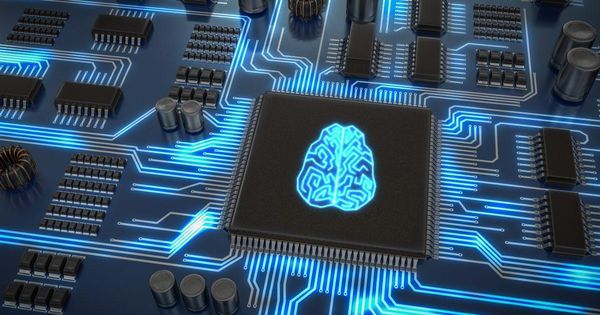The company’s autonomous vehicles just drove 8 million miles on public roads. What’s more, it took the company just one month to go from 7 million miles to 8 million miles driven.
“We’re driving now at the rate of 25,000 miles every day on public roads,” CEO John Krafcik said Friday while addressing the National Governors Association.
Waymo’s acceleration in logging miles with self-driving cars has picked up in the last year. In November 2017, it crossed 4 million miles. Less than a year later it’s doubled that figure.



